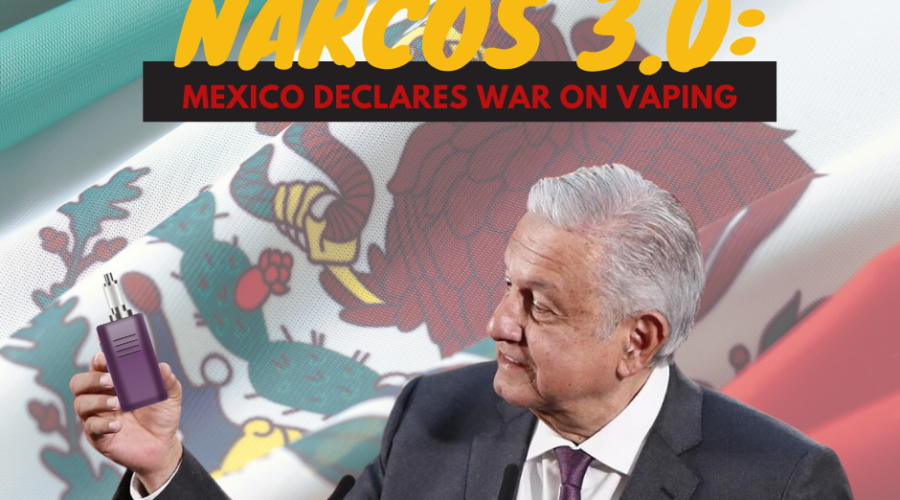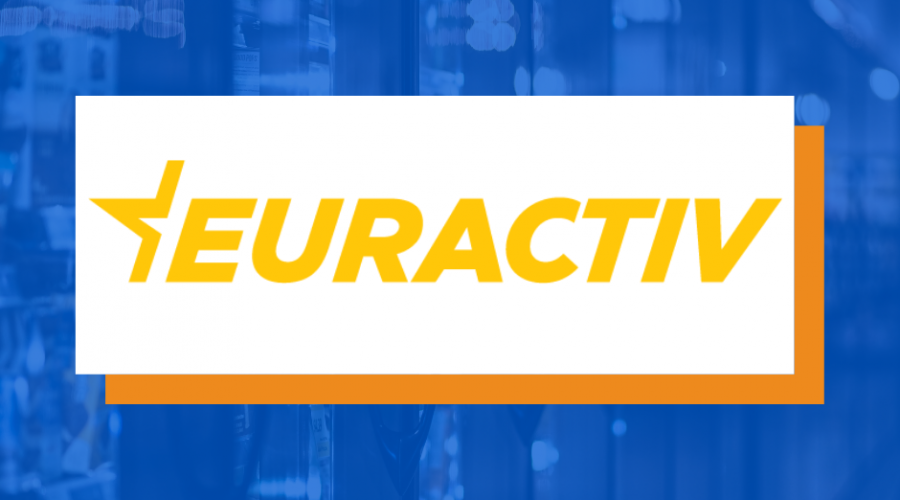The Digital Economy Minister Crusading to Legalize Vaping in Thailand

In our work promoting smart policies on harm reduction around the world, the Consumer Choice Center is often engaged in battles to stave off vaping flavor bans or tax hikes that will harm consumers and smokers looking to quit.
And while those efforts are vital to individuals moving away from tobacco in liberal democracies, there are countries outside that sphere that still maintain outright bans or harsh restrictions on vaping and harm-reducing technologies – depriving millions of a less harmful method of consuming nicotine.
That’s why political leaders like Chaiwut Thanakamanusorn, Thailand’s Minister of Digital Economy and Society, are worth highlighting.
Recently, Minister Thanakamanusorn has come out in favor of legalizing vaping in order to address the high number of smokers in Thai society. He wants to join the 67 countries around the world that have legalized vaping as a means of giving smokers an option to quit.
Speaking to the Bangkok Post, he’s become convinced of this position because he believes “vaping could be a safer choice for those struggling to quit smoking, adding there were at least 10 million smokers in the country.”
According to Public Health England, vaping products are at least 95% less harmful than combusted tobacco, and they have become integral in reducing smoking rates in developed countries like New Zealand, the UK, the United States, and Canada.
But vaping has yet to achieve significant acceptance or legality in many countries in Asia.
At present, total smoking prevalence among the Thai population hovers around 19%, and approximately 37% of all men.
As such, Thailand has long been a target of anti-smoking activists and health groups over the years to crack down on tobacco use. Both domestic and international groups have spent millions to reach the goal of achieving a total 30% relative drop in tobacco use.
One research organization at Thammasat University in Bangkok has been given grants as part of a $20 million global project by Michael Bloomberg’s charity Bloomberg Philanthropies to “monitor” tobacco regulations and push for bans on alternative technologies like vaping.
This follows Michael Bloomberg’s efforts at depriving adoption of harm-reducing nicotine products in developing countries like the Philippines, India, and others, as we have explored below:
Those funds, as well dispersed amounts from the UN’s Framework Convention on Tobacco Control, have been granted as a condition of certain regulations.
Thailand became the first Asian country to adopt “plain packaging” restrictions on cigarettes in 2019, and passed a harsh tobacco control measure that outright banned vaping products, restricted tobacco advertisements, and outlawed online sales.
Despite the millions spent, Minister Thanakamanusorn points out that it isn’t as effective as the activists claim, and hence he wants to look at vaping as a sustainable market alternative.
The effort to legalize vaping, however, will come with significant opposition. Both domestic doctor groups and the FCTC, as well as Bloomberg’s foundation, have put pressure on the government to enforce a continued ban on vaping products.
They are joined in their efforts by Thailand’s own state tobacco monopoly, Tobacco Authority of Thailand, which makes an annual revenue of 2 billion USD and would see a significant setback in state revenues if smokers were to switch to vaping products.
Considering the odds stacked against Chaiwut Thanakamanusorn’s vision for legalizing vaping in Thailand, it is clear that more voices will need to be heard in the debate.
Overall, we hope for a future that embraces the science of harm reduction and will allow the citizens of Thailand to use the same products that have helped millions of smokers quit in developed countries – if only the government lets them.
Yaël Ossowski (@YaelOss) is deputy director of the Consumer Choice Center.










